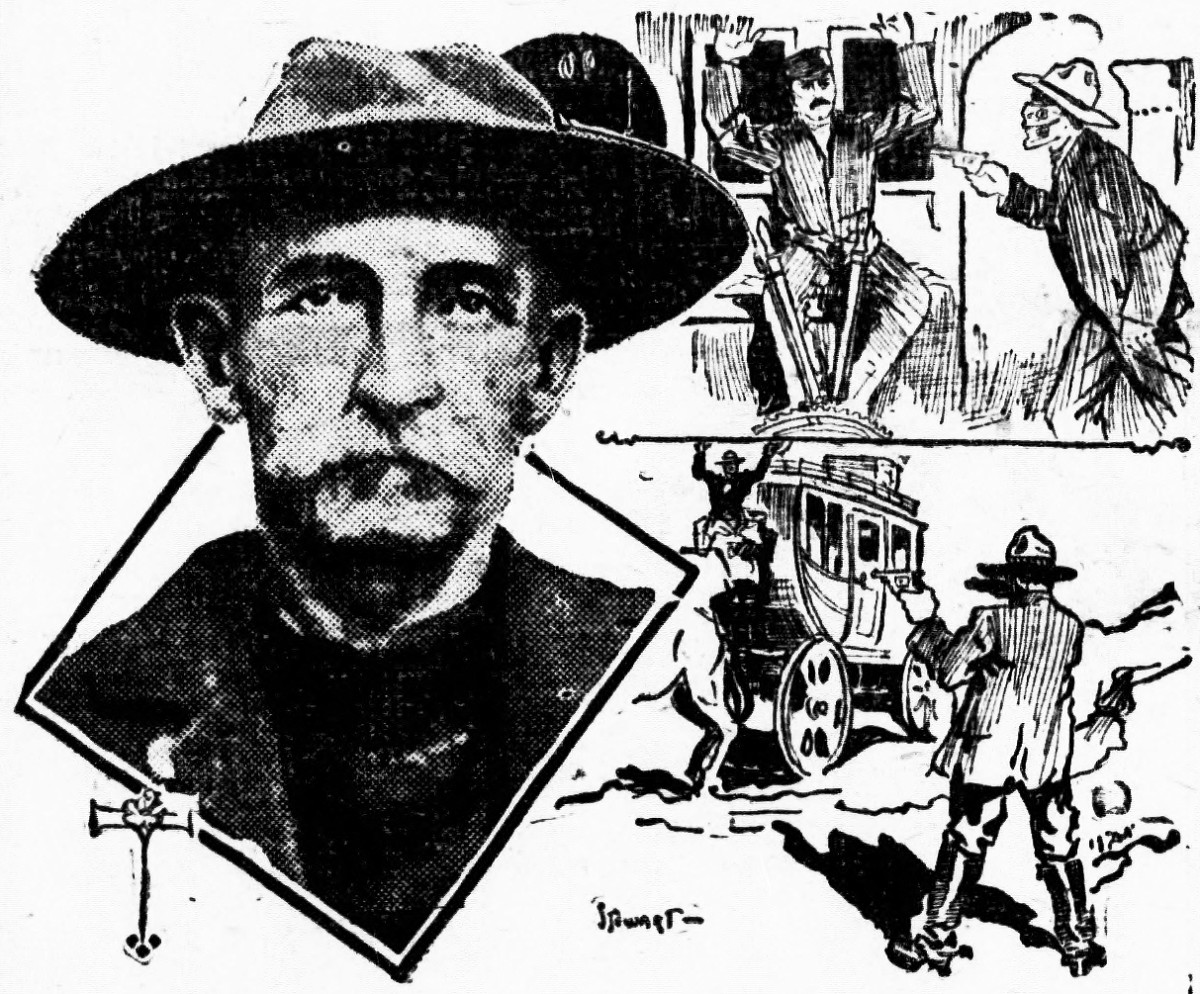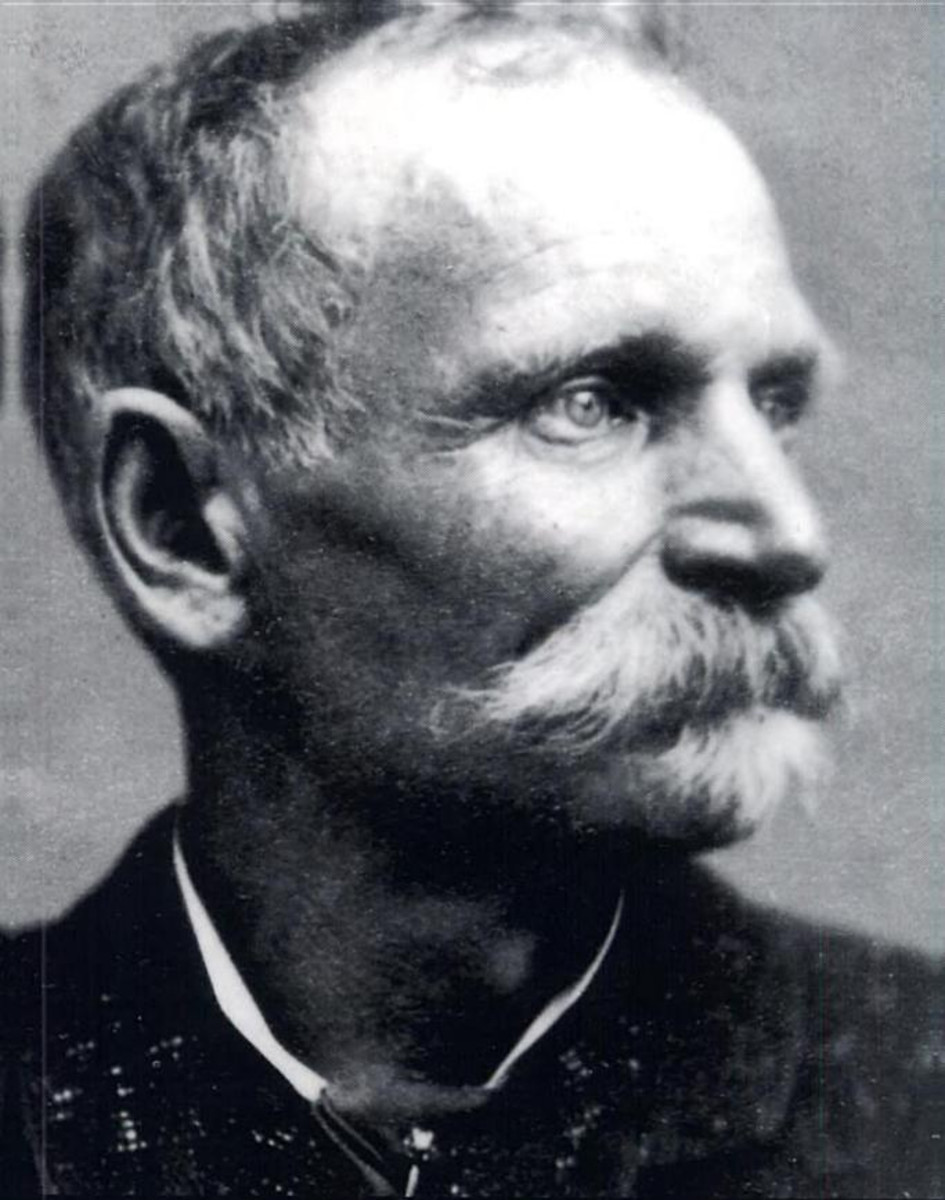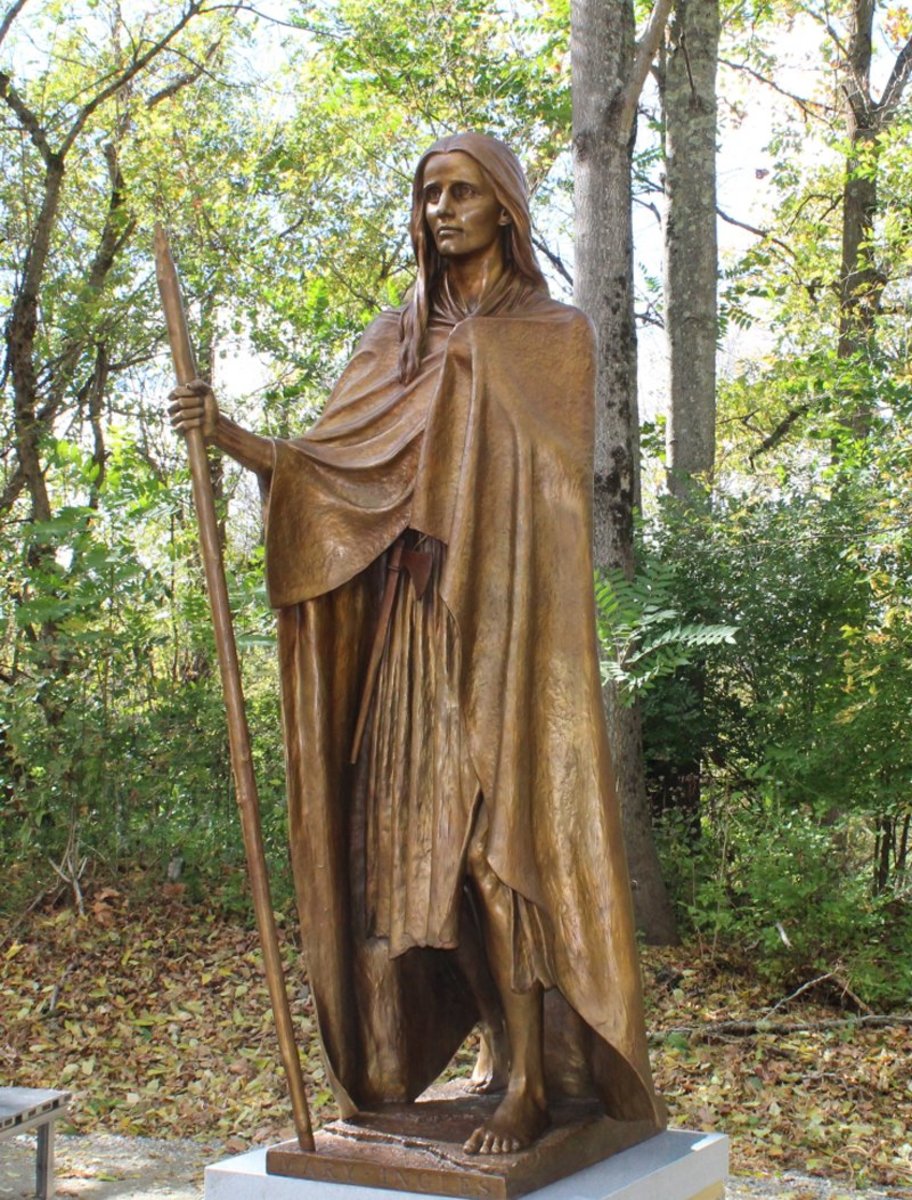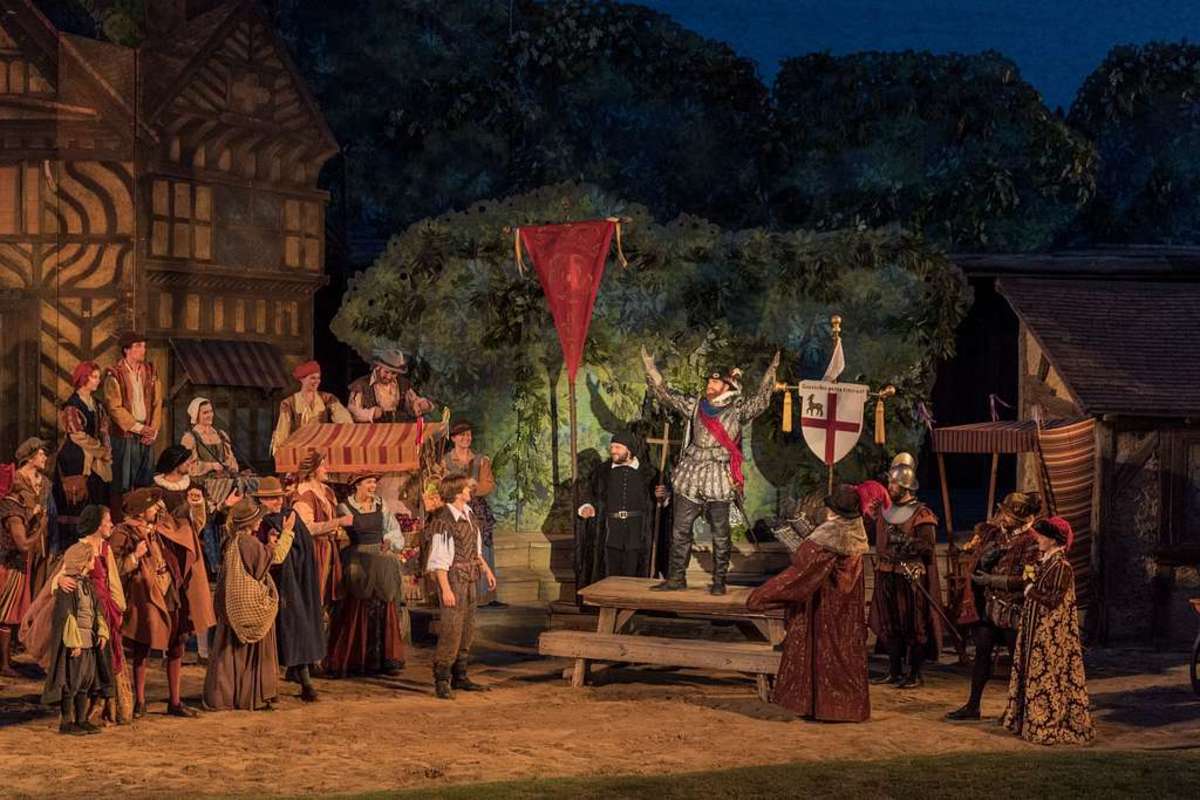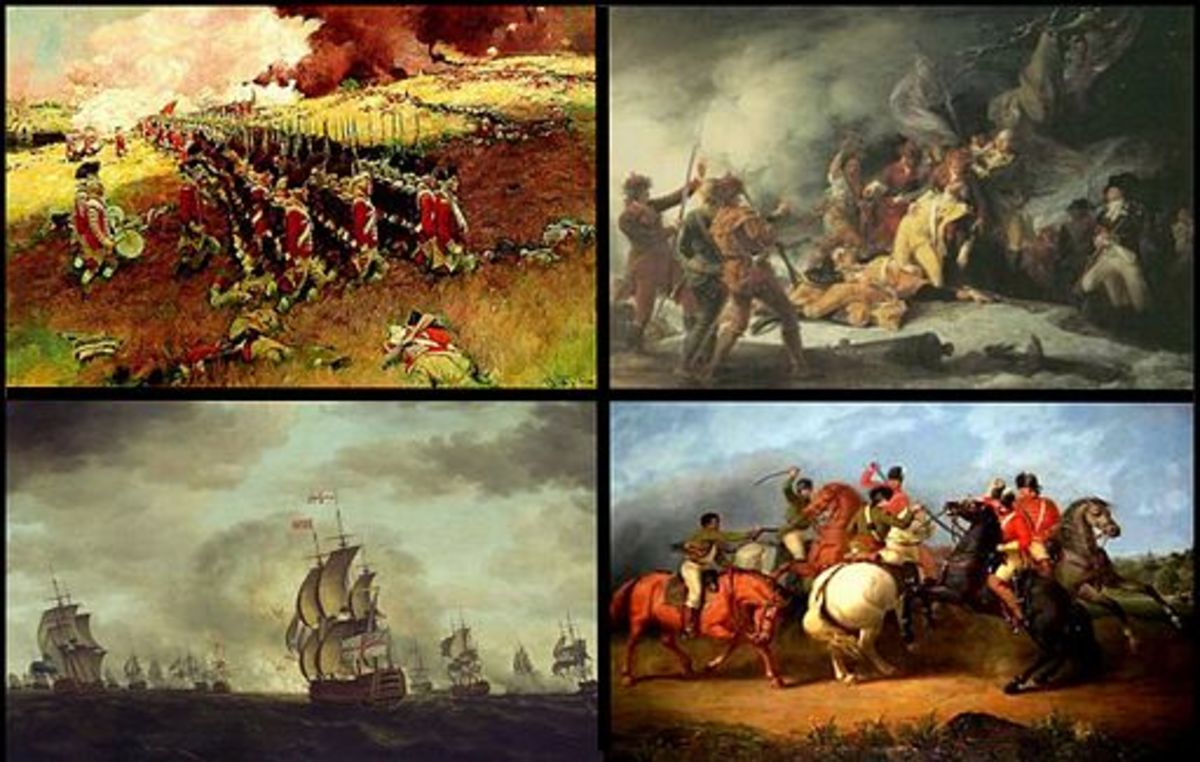- HubPages»
- Education and Science»
- History & Archaeology»
- History of the Americas
Black Bart: The Gentleman Bandit


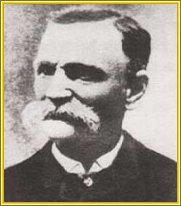
In the Old West many outlaws adopted the use of the word black as a first name. Perhaps because they felt it gave their character a more sinister and dangerous air. There was a Black Jack, Black Jake and so on. Then there was Black Bart, whose real name was Charles E. Bolles. Why the bandit took the name is puzzling, since it didn’t fit his character and wasn’t even his name. Some believe he assumed the name after a popular dime novel fictional character of the day who was a notorious stage bandit.
There were other outlaws who were dubbed “the Gentleman Bandit,” by the public at large such as Bill Miner, but the title would have more aptly fit the man known as Black Bart. Almost nothing is known of him before he began holding up Northern California and Southern Oregon Wells Fargo stagecoaches in 1875.
Some accounts say he was born in Norfolk Co. England in 1829 as Charles E. Bowles, others claim he hailed from New York. Whatever the case, he was known to have robbed at least 28 Wells Fargo stagecoaches of their strongboxes, but never fired a shot from his unloaded shotgun or harmed a passenger. In fact, he often left poetry he had penned behind as a calling card. Yes Sir, a real desperado that one. His signature uniform was a linen duster and a mask fashioned from a flour-sack.

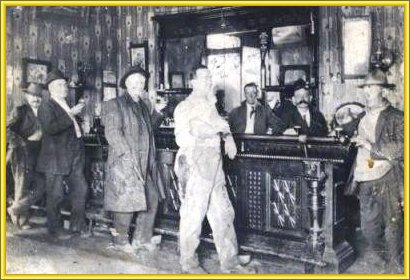
Charles started out on the straight and narrow joining the mad rush for California gold in 1849. He and a cousin set up a small mining operation in the North Fork of the American River and were later joined by his brother Robert, who unfortunately died not long afterwards. Temporarily giving up the mining and prospecting business, he traveled east and in 1854 married Mary Elizabeth Johnson. By 1860 they had settled in Decatur, Illinois.
Then came the Civil War in 1862 and Charles decided he had to do his part. In August of that year he enlisted with the 116th Illinois Regiment. Within a year Charles had achieved the rank of first sergeant and was later commissioned as a first lieutenant. He was wounded at the Battle of Vicksburg. As the Civil War came to an end Charles was honorably discharged and he returned home to give farming a try.

However, farming didn’t satisfy his thirst for adventure and by 1867 he had gone back to prospecting, this time in Montana and Idaho. His wife received one letter from him in August of 1871. After a long period and not hearing anything else from him, she naturally assumed he had died.
But she had assumed wrong. He was next heard from again in July 1875, after robbing a stage in Calaveras County, California. The victims were taken with the politeness and manner in which “Black Bart” asked the driver to "Please throw down the box."
Black Bart’s last holdup was in 1883 just southeast of the town now known as Copperopolis in California. But this time it was different. There were no passengers except one, Jimmy Rolleri, who had disembarked earlier to do some hunting. Polite or not, stage drivers didn’t take kindly to being robbed of valuables entrusted to them. Wells Fargo officials had also wised up and began bolting their strong boxes to the wagon frame.
The robbery started out as usual. Black Bart stepped out of hiding with his shotgun. The driver, Reason McConnell, was asked to unhitch the team and take them off a ways. As the driver did as he was instructed Charles tried to remove the strongbox. It took some time since it was bolted down.
McConnell happened to run into Rolleri as he was taking the team away. After informing him about the robbery in progress, the pair came up behind Charles who by this time had succeeded getting the box loose and was backing away from the stage with valuables in hand. McConnell took Rolleri's rifle and fired at him, but missed. Rolleri took his rifle back, fired and didn’t. Bolles staggered, dropped the loot and several personal items…a pair of eyeglasses and a handkerchief bearing a laundry mark.
Wells Fargo Detective James B. Hume and Henry Morse traced the mark to Ferguson & Bigg's California Laundry on Bush Street who identified the handkerchief’s owner as belonging to a Charles E. Bolton who lived in a modest local boarding house. Bolton was an alias Charles often used when taking the guise of a mining engineer.
At first he denied being Black Bart, and claimed his name was T. Z. Spalding, but eventually admitted he was the masked bandit. However, he only confessed to robberies he had committed before 1879, perhaps mistakenly believing the statute of limitations had run out."
Wells Fargo pressed charges only on his last robbery. Black Bart was convicted and sentenced to six years in San Quentin Prison. But because of good behavior he only served four. He was released in January 1888 and it was obvious the years in prison had taken its toll. He had aged considerably, had failing eyesight and had gone deaf in one ear.
Reporters asked Charles if he planned on robbing anymore stagecoaches. He answered good-naturedly, "No gentlemen, "I'm through with crime." The reporters then asked he would continue writing poetry. To that he laughingly replied, "Now didn't you hear me say I’m through with crime?"
Following his release from prison Black Bart vacated his residence in San Francisco and was never heard from again.


